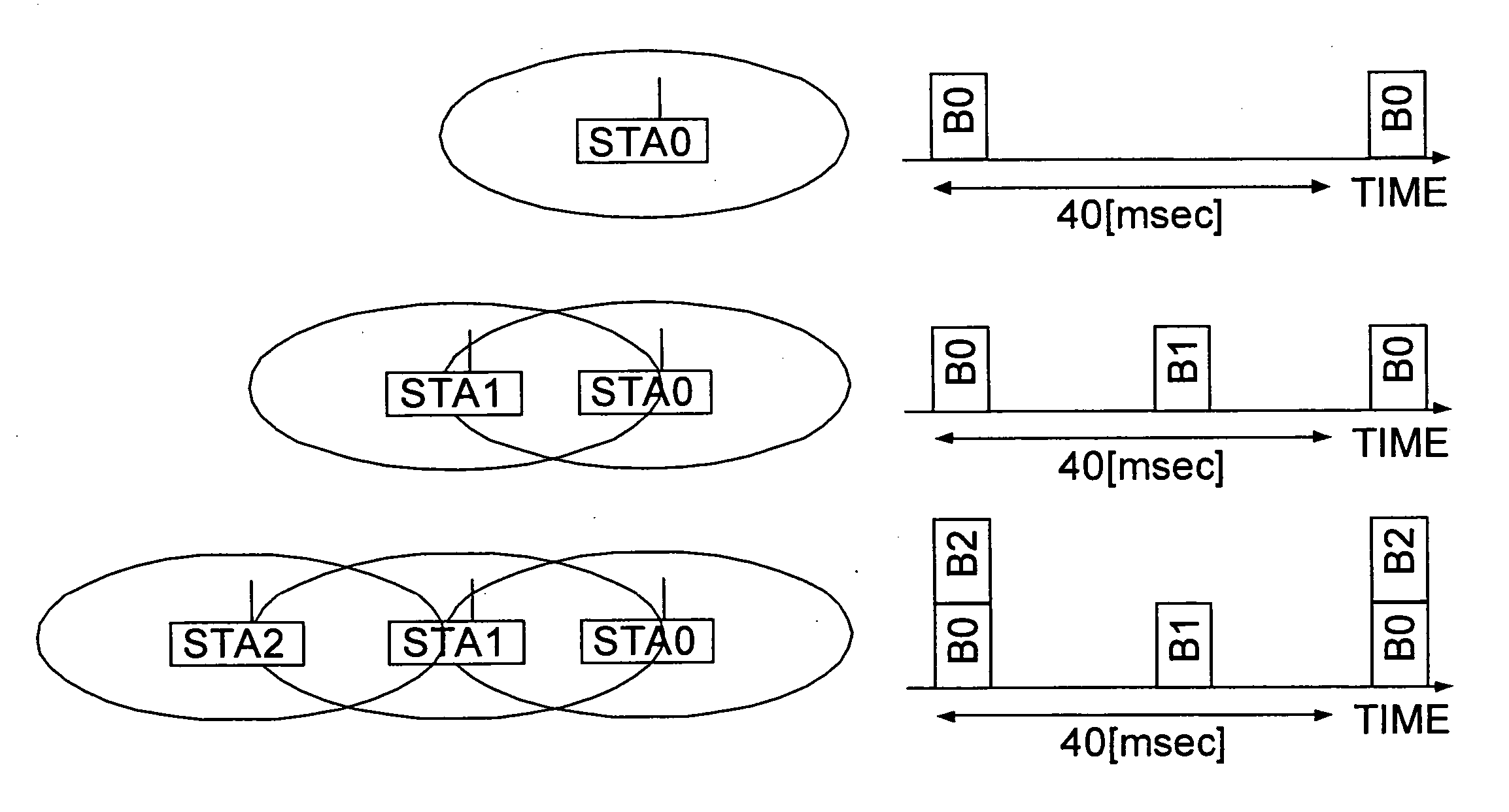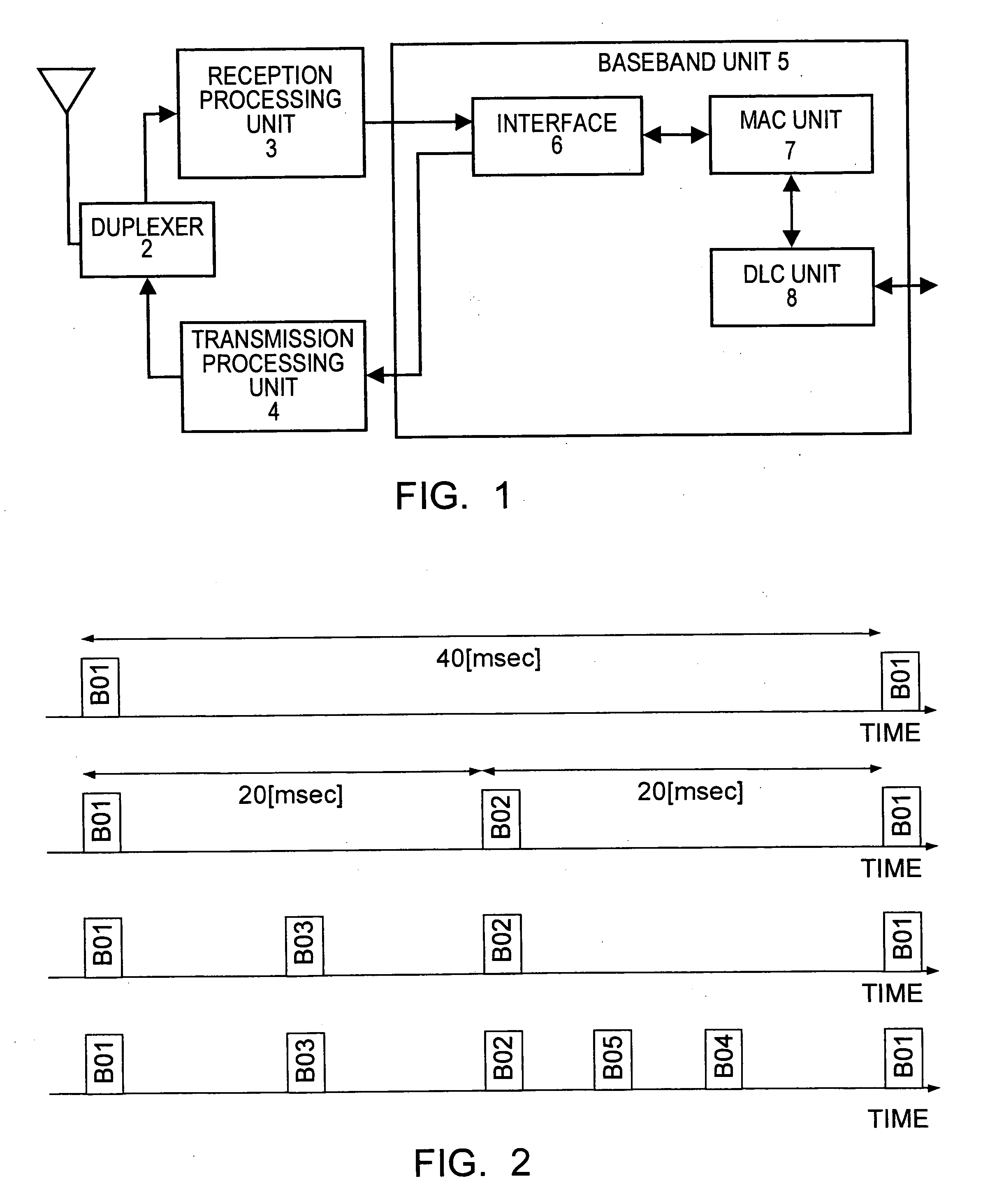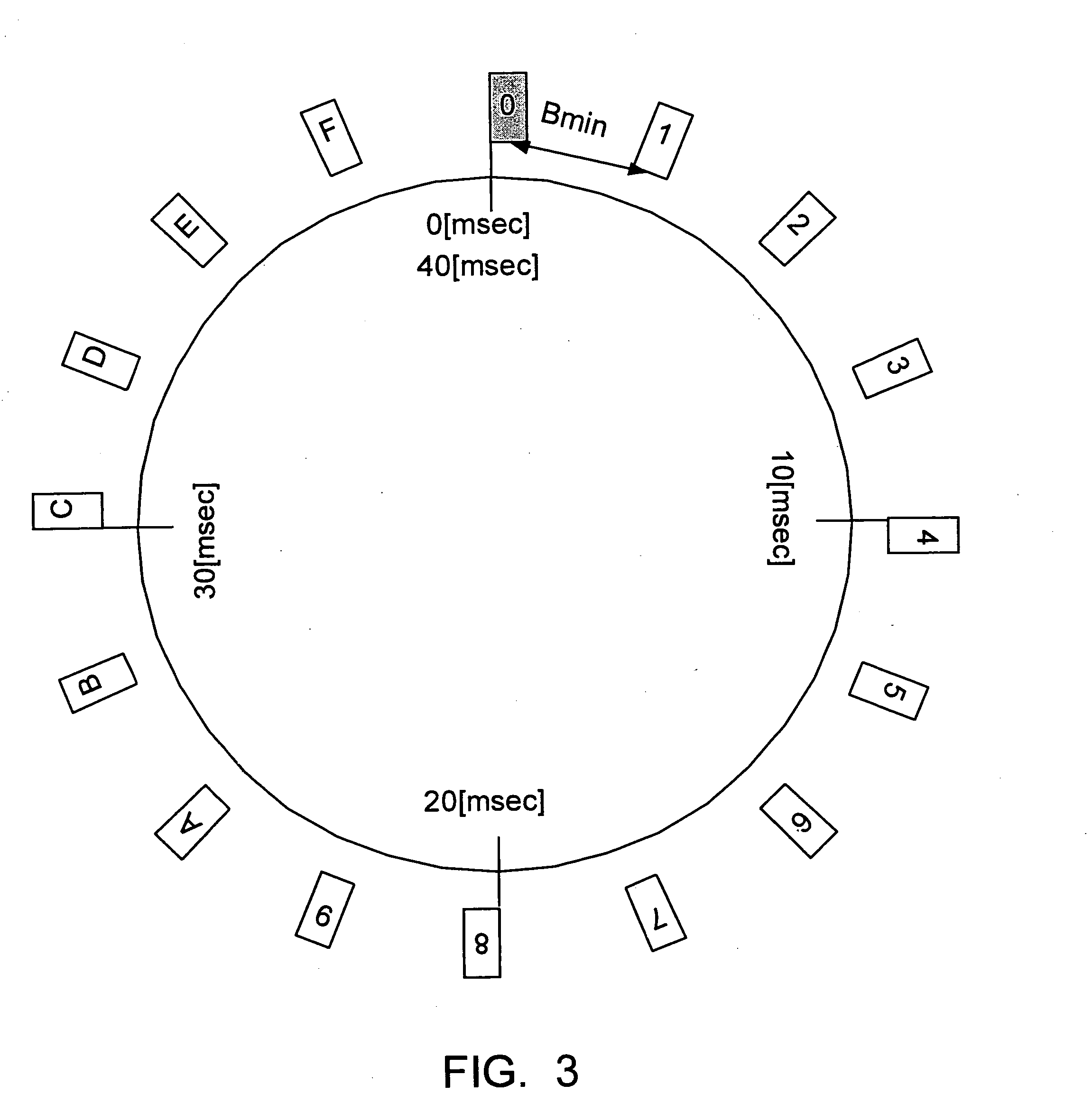Radio communication system, radio communication apparatus, radio communication method, and computer program
a radio communication system and radio communication technology, applied in the field of radio communication systems, can solve the problems of difficult to readily construct a network, messy cabling, limited movement range of equipment,
- Summary
- Abstract
- Description
- Claims
- Application Information
AI Technical Summary
Benefits of technology
Problems solved by technology
Method used
Image
Examples
first embodiment
[0074]FIG. 1 schematically shows the functional configuration of a wireless communication apparatus that is capable of operating as a communication station in a wireless network according to the present invention.
[0075] In the wireless communication apparatus shown in the figure, an antenna 1 is connected to a reception processing unit 3 and a transmission processing unit 4 via an antenna duplexer 2. The reception processing unit 3 and the transmission processing unit 4 are connected to a baseband unit 5. Various communication systems that are applicable to, for example, a wireless LAN and that are suitable for relatively short-distance communication can be used for the reception processing system of the reception processing unit 3 and the reception processing system of the transmission processing unit 4. Specifically, a UWB system, an OFDM system, or a CDMA system can be used.
[0076] The baseband unit 5 includes an interface unit 6, a MAC (media access control) unit 7, a DLC (data...
second embodiment
[0137] In a network in which a coordinator is not required, the neighboring-station list is considered to be a network-control core that controls the synchronization with each communication station to enable data communication between communication stations. Correspondingly, hardware (or a communication-protocol lower layer) or software (or a communication-protocol higher layer) is required to execute complicated control, such as transmission / reception scheduling, via the neighboring-station list. Thus, for incorporation into each communication station, it s desired that the neighboring-station list has a structure that allows for more simplified control.
[0138] The structure of the neighboring-station list that allows the hardware and / or software to achieve more simplified control will be described in the present embodiment. In the present embodiment, a system in which the beacon transmission timing of the self station is 40 microseconds and the minimum interval Bmin of beacons rec...
third embodiment
[0150] In the present embodiment, in a network in which no coordinator is required, a system in which the beacon transmission timing of the self station is 40 microseconds and the minimum interval Bmin of beacons received from other communication stations is 625 microseconds is considered, as in the second embodiment. In this case, the beacons of 64 stations(=40 / 0.625) can be incorporated to configure a network including the self station. A neighboring-station list for a system having a maximum number of 64 stations will be described below. The present embodiment can further ensure the operation of scheduling for reading / writing performed by the hardware (or a communication-protocol lower layer that writes a newly obtained beacon in the save area) and the software (or a communication-protocol upper layer that relocates the beacon in the save area to the ordinary area).
[0151]FIG. 20 shows the structure of a neighboring-station list in the present embodiment. In the example shown in ...
PUM
 Login to View More
Login to View More Abstract
Description
Claims
Application Information
 Login to View More
Login to View More - R&D
- Intellectual Property
- Life Sciences
- Materials
- Tech Scout
- Unparalleled Data Quality
- Higher Quality Content
- 60% Fewer Hallucinations
Browse by: Latest US Patents, China's latest patents, Technical Efficacy Thesaurus, Application Domain, Technology Topic, Popular Technical Reports.
© 2025 PatSnap. All rights reserved.Legal|Privacy policy|Modern Slavery Act Transparency Statement|Sitemap|About US| Contact US: help@patsnap.com



